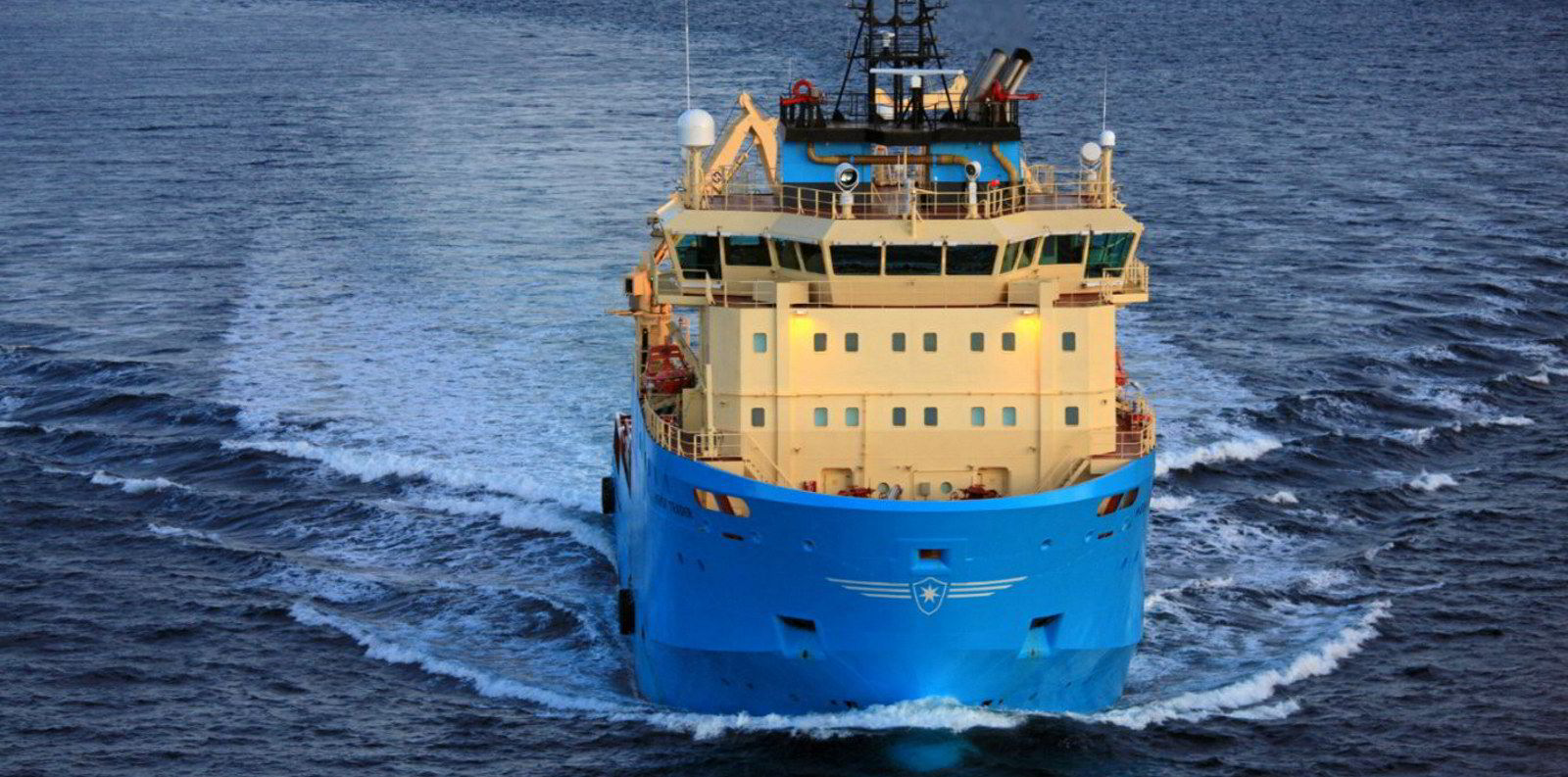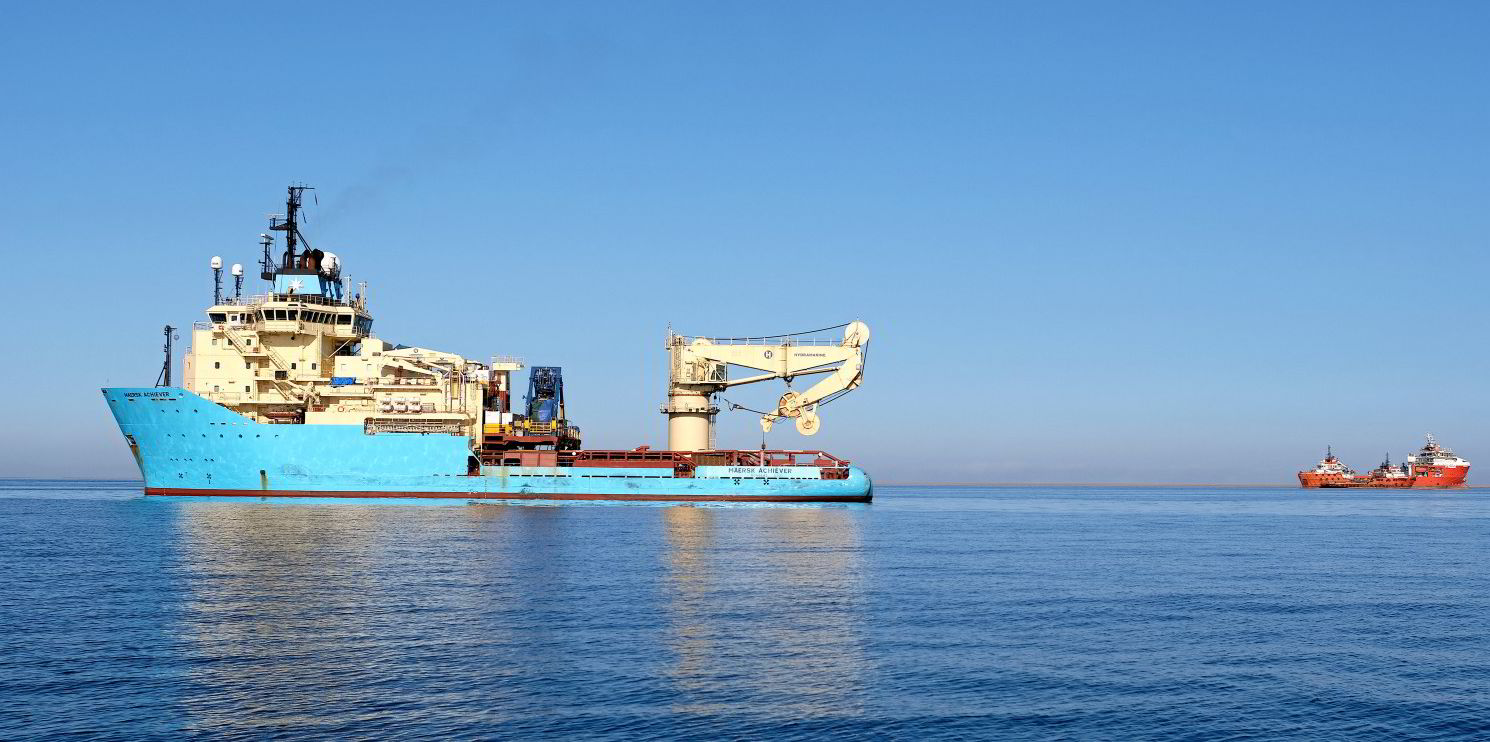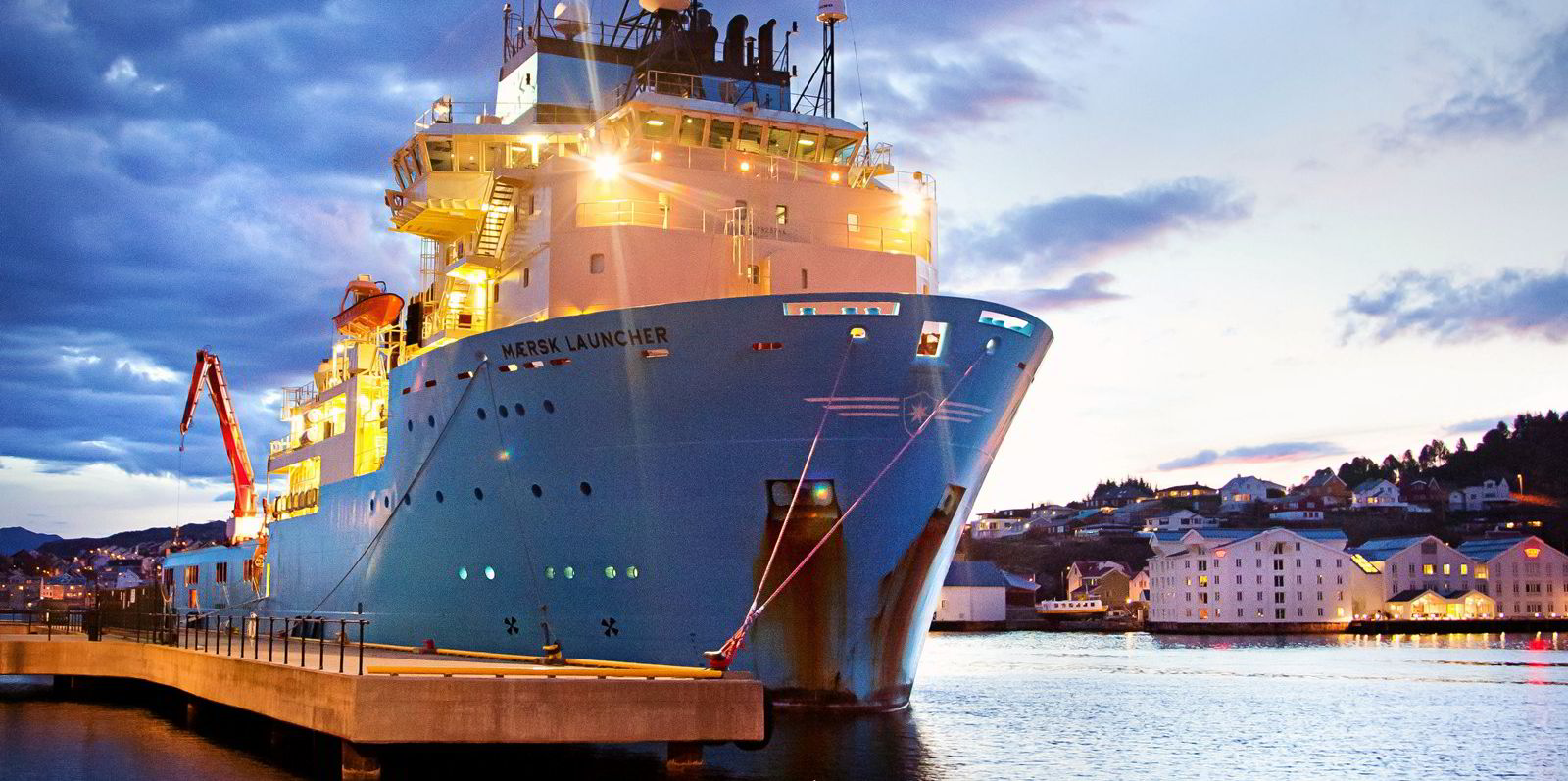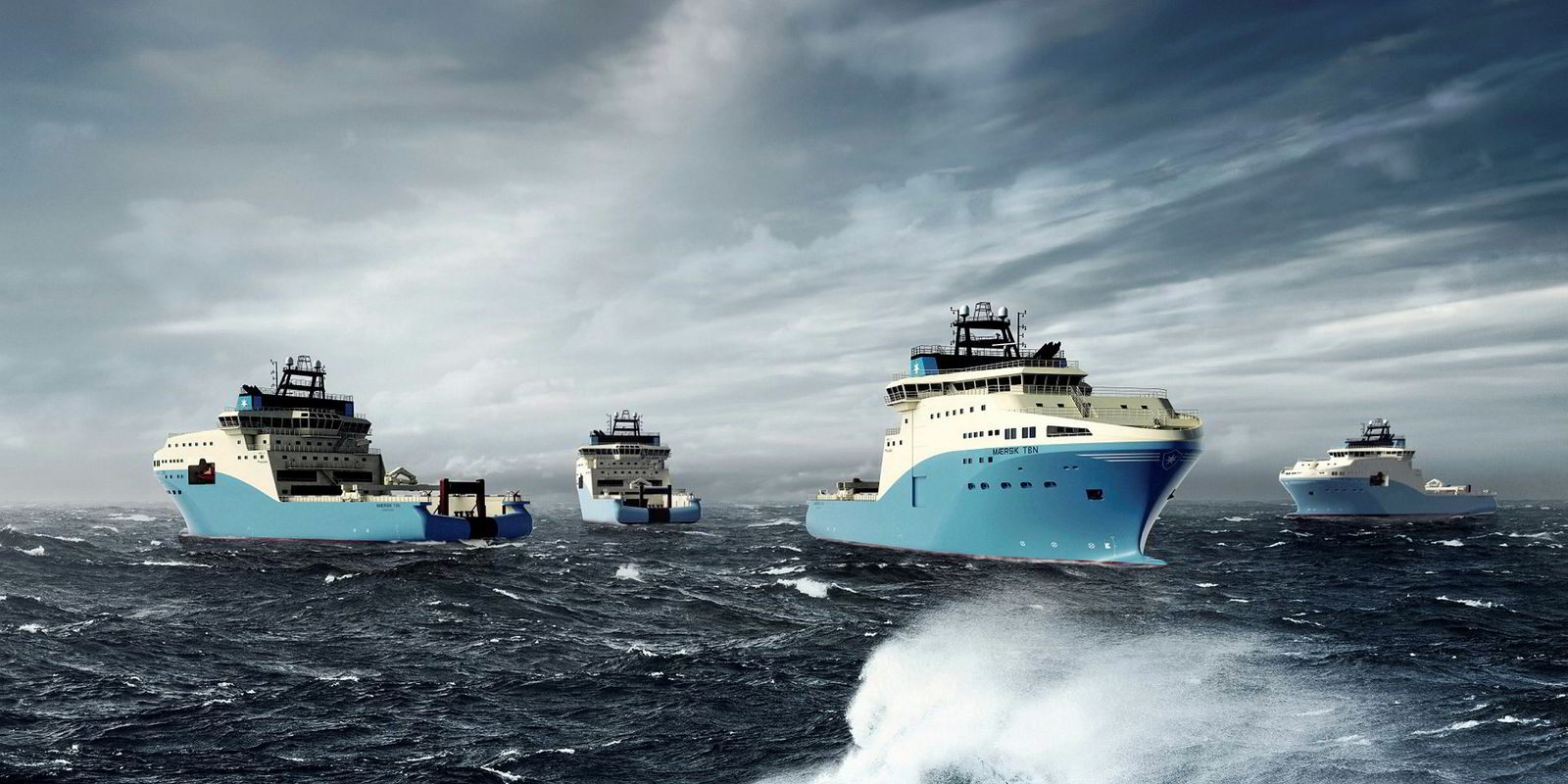Maersk Supply Service is moving towards increased use of chartered-in tonnage, following its first such experiment in third-party steel at the turn of this year.
It is a strategic step for the offshore vessel player that has previously used exclusively its own ships.
"This is a big rupture," said Rafael Thome, Maersk Supply's managing director for Latin America of Maersk Supply.
He told TradeWinds that the AP Moller-Maersk subsidiary's move to using third-party tonnage has not been disclosed before.
"Historically the value of Maersk Supply has been in providing its own vessels," he said. "And we are not putting aside the time-charter aspect of our business. It is the backbone of what made Maersk Supply what it is today."
But using competitors' ships is a natural result of the company's more "solutions project"-oriented focus based on engineering, procurement, construction and installation (EPCI) work rather than vessel chartering.
Entering a new paradigm
"It is a change of paradigm and approach," he said. "We believe we can offer an advantage in a market where most companies are either vessel companies that know the vessel side of the business, or project companies."
By taking responsibility for the entire project, Maersk Supply takes on significant performance risk that it would otherwise escape as a time-charter service provider.
"The objective is to bring the best value proposition for the end client," he said. "That may be by using the Maersk fleet and ultimately managing and mitigating risks, or by optimising the project (schedule, location, etc) but using other companies’ tonnage.

TradeWinds recently reported that Maersk Supply scored its biggest project contract ever, and it was without a large vessel component.
The installation of SBM Offshore's 250,000-dwt FPSO Sepetiba (built 2021) off Brazil this year and next will use only two anchor-handling tug supply vessels for five or six months. But the job's value to Maersk Supply is in developing its ability to bid and perform integrated EPCI jobs — an acronym in which the company's vessels contribute only part of the letter I.
The step into using outside tonnage came in December 2020, during a mooring lines life-extension job for Shell on the Modec-owned, 356,400-dwt FPSO Fluminense (built 1974).
In an earlier contract serving the same floating production, storage and offloading vessel, Maersk Supply used its own 23,480-bhp subsea support vessel Maersk Achiever (built 2003) plus two of its L-class AHTS vessels.
But it did not publicise the second Fluminense contract because it did not want to reveal at that point that instead of using its own ships, it had brought in three vessels from local competitors whose mobilisation was possible on short notice.
"[Using outside tonnage] changes the dynamics of a project, but without these ships we would not have been able to do the job," said Thome.
Thome, a Brazilian veteran of Dutch SBM's FPSO activities, was hired to run Maersk Supply in Latin America two years ago.
He told TradeWinds the company has done three Brazilian project solutions jobs of progressively increasing size since then, and expects to do more not only off Brazil but off Guyana and Mexico as well.






